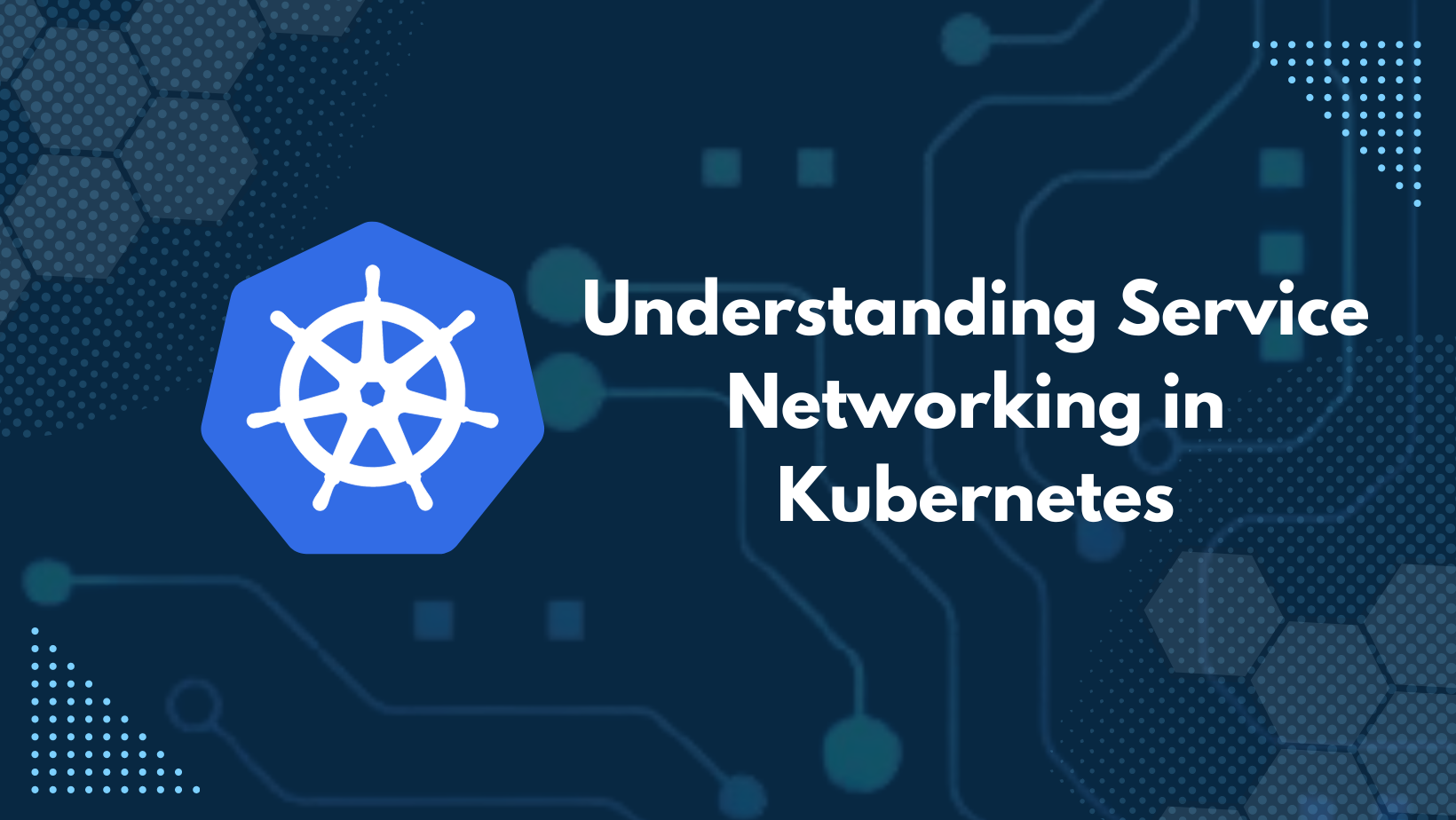Understanding Service Networking in Kubernetes
 Ashutosh Mahajan
Ashutosh Mahajan
🗼Introduction
In Kubernetes, the concept of Service Networking is crucial for the communication between different components within the cluster. Unlike traditional network configurations, services in Kubernetes are designed to be cluster-wide, meaning they are not tied to any specific node. Let's delve deeper into how service networking works in Kubernetes and how it enables seamless communication within the cluster.
🗼What are Services in Kubernetes?
A Kubernetes Service is a virtual abstraction that defines a logical set of Pods and a policy by which to access them. It's important to note that services themselves do not have processes or network interfaces. Instead, they act as an intermediary that routes traffic to the appropriate Pods, ensuring that your applications are accessible even as Pods are dynamically created and destroyed.
To expose a service, you need to create a Kubernetes service resource. A service resource can be created using the kubectl expose command. For example:
kubectl expose deployment ui --type=LoadBalancer --port=80 --target-port=8080
we are exposing a deployment called ui on port 80. The --target-port flag specifies the port on which the container is listening.
--typeflag specifies the type of service you want to create.ClusterIP: Exposes the service on a cluster-internal IP address. This is the default service type.NodePort: Exposes the service on a port on each node in the cluster.LoadBalancer: Exposes the service externally using a cloud provider's load balancer.
🗼How Services Get IP Addresses?
When you create a Service object in Kubernetes, it is assigned an IP address from a predefined range specified in the Kubernetes API server. This assignment is handled automatically, and the IP address remains constant for the lifecycle of the Service. Here's a basic outline of how this process works:
Service Creation: When a Service object is created, it gets an IP address from a predefined range. This range is configured in the Kubernetes API server using the
--service-cluster-ip-rangeflag.kube-proxy Configuration: The kube-proxy component, which runs on every node in the cluster, takes note of this new Service IP. It then configures the network rules on each node to handle traffic destined for the Service IP.
Traffic Routing: Any traffic sent to the Service IP is intercepted by kube-proxy, which then forwards it to one of the Pods backing the Service. This forwarding is done based on rules defined in the IP tables.
To get the IP range used for Service IPs, you can use the following command:
kube-api-server --service-cluster-ip-range ip-Net
🗼Configuring IP Tables with kube-proxy
kube-proxy plays a crucial role in service networking by managing the network rules that enable Services to work. Let's take an example to understand how this works:
Suppose we create a Service with the IP 10.103.132.104. This IP is picked from the IP range specified in the kube-api-server configuration. Here's what happens next:
IP Assignment: The Service is assigned the IP
10.103.132.104.Rule Configuration: kube-proxy on each node updates the IP tables to include rules that route traffic from the Service IP to the appropriate Pod IPs.
Traffic Forwarding: When a request is made to the Service IP, kube-proxy intercepts it and uses the configured rules to forward the traffic to one of the Pods backing the Service.
This mechanism ensures that Services remain accessible even as the underlying Pods change over time.
🗼Conclusion
Service Networking in Kubernetes abstracts away the complexities of managing network routes and IP addresses, providing a seamless way to expose your applications. By leveraging the capabilities of kube-proxy and IP tables, Kubernetes ensures that traffic is efficiently routed to the correct Pods, maintaining high availability and reliability. Understanding these concepts is essential for managing and scaling applications within a Kubernetes cluster.
Subscribe to my newsletter
Read articles from Ashutosh Mahajan directly inside your inbox. Subscribe to the newsletter, and don't miss out.
Written by

Ashutosh Mahajan
Ashutosh Mahajan
Proficient in variety of DevOps technologies, including AWS, Linux, Shell Scripting, Python, Docker, Terraform, Jenkins and Computer Networking. They have strong ability to troubleshoot and resolve issues and are consistently motivated to expand their knowledge and skills through expantion of new technologies.